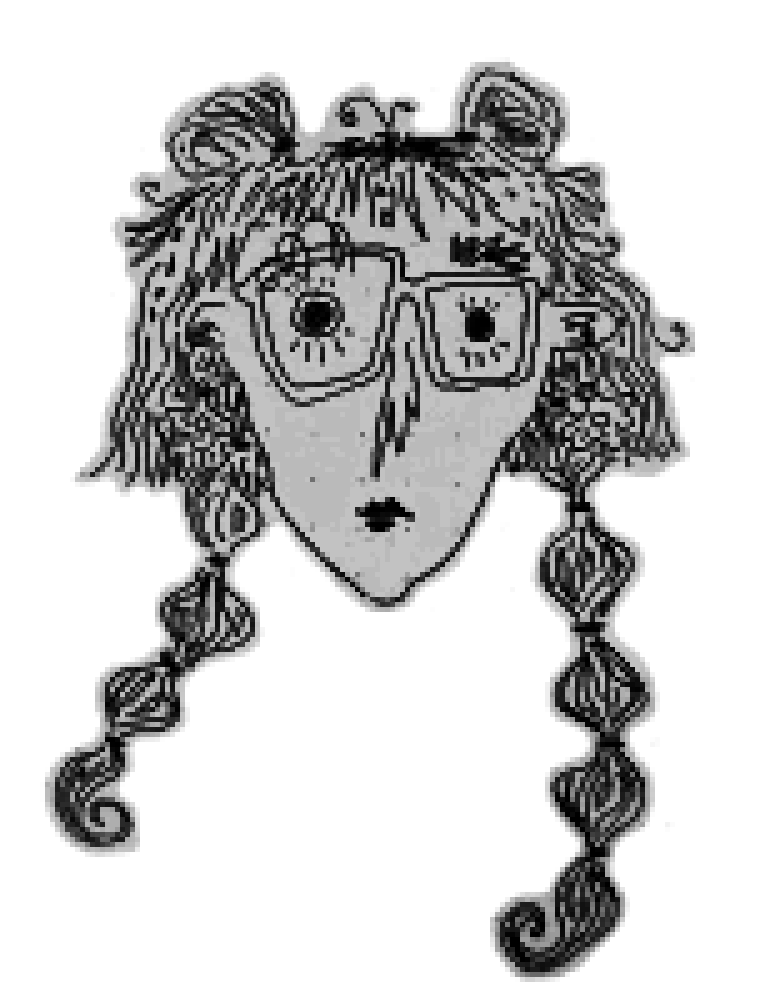
My fascinations lie in the links between technology, textiles and capitalism. From the automation of women’s labour kickstarting the Industrial Revolution, to lace-making machines influencing the invention of the first computer, I draw connections between eras: The Industrial Revolution of the past and the Technological Revolution of the present. Now, as then, great change hangs in the balance. We have come to a point where we are trying to use technology to solve problems technology itself created. Do we take our growing reliance on technology one step further, or do we take a step back and decide exactly what we want to take with us into the future?
Constructed of ghostly fronds supported by disjointed cogwheels, my work aims to transport the viewer to a time in-between. Juxtaposing the old and the new – as laser-cut cotton imitates jacquard lace and echoes harsh factory architecture. Re-thinking the rigidity of the way things are – as concrete, geometric shapes are softened by fabric. In our hands, the future can be malleable, moulded to the way we want it to be, rather than the way it has been.
An exploration into jacquard lace machines reveals their role as forerunners to the computer in their use of the binary code. Binary code in the form of punch cards that told the machine which design to weave. Binary code which, through our phones and computers, now tells us whatever we want to know about the world. Binary code, rigid and repeating, thinking rationally and resolutely, simplifying our world into a matter of rights and wrongs, 0s and 1s.
The same-old systems of oppressive, black-and-white thinking regurgitated, shiny and new.
Histories and futures, intertwining and overlapping, rhyming and repeating.
I encourage the viewer to think critically about the technologies our lives are structured around. To consider the gains and losses of these technologies. To ask, if it was all stripped away, what would we really value? And how can we work with what we have now, to ensure those values are at the centre, whichever path we next take.
Because the world isn’t binary. The world is full of bugs and errors and action without reason. In seeing the world through a binary lens, we flatten her. We deny ourselves the full extent of the beauty that comes with the unknown and the irregularities.